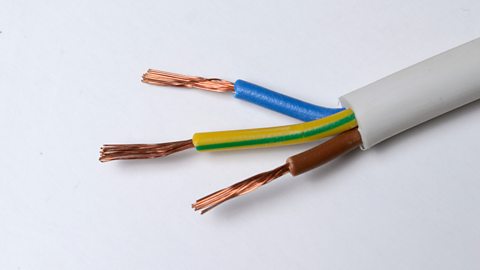Key points
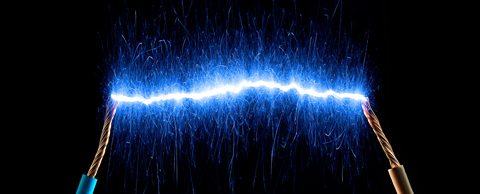
- Electricity is the presence or flow of chargeThere are two types of charged particles - positively charged particles (eg protons or positive ions) and negatively charged particles (eg electrons)..
- An electric current is the flow of electronsThese are one of the particles that atoms are made from. They have a negative charge. Charge can be positive or negative. For example, protons are positively charged and electrons are negatively charged. around a circuitAn electrical circuit is made up of components, which are connected together using wires..
- Static electricity is the build up of electrons on an insulatorA material that does not allow current to flow through it easily, eg wood or glass. .

Did you know?
- Electricity travels at the speed of light, about 300,000 kilometres per second.
- Electricity was first discovered in 600BC. Ancient Greeks discovered static electricity.
- Electric cars actually date back as far as 1832.
Watch this video to learn about how electricity powers a car.
A case study video explaining how electricity is used to power a car.
How is an electric car powered?
A battery-powered car, or Battery Electric Vehicle , does not have a gasoline or diesel engine and instead has an electric motor, power electronics, and a battery pack. They are better for the environment in terms of reducing emissions from using petrol/diesel powered cars.
How is electricity used?
Everything is made up of tiny particles. These particles may have positive or negative charges. Electricity is the presence or flow of these charged particles.
All materials contain negatively-charged particles called electrons. In metals the electrons are free to move, which means they are good conductorA material which allows electrical current to flow through it easily, eg copper or gold. of electricity. If there is a complete circuit a battery can push electrons all around the circuit. This is an electric current. We use electric currents to control and operate devices, including phones, computers and light bulbs.
Some materials do not conduct electricity – they are insulators. Most non-metal materials such as plastic, wood and rubber are insulators.
Imagine rubbing a balloon on your jumper. The balloon and jumper are each made of different insulating materials. As you rub, electrons move from the jumper to the balloon, so negative charge builds up on the balloon and causes static electricityA build-up of electrical charge on an object, which can be either positive or negative.. If you touch the balloon, you may feel an electric shockThis occurs if current flows through a person’s body. Electric shocks can be painful. Large electric shocks (eg from lightning) can cause burns and could be fatal. as the charge travels through you to the ground.
Test your knowledge
Working safely in the lab
Find out how to spot risks, hazards and understand hazard symbols

More on Electricity
Find out more by working through a topic
- count2 of 11
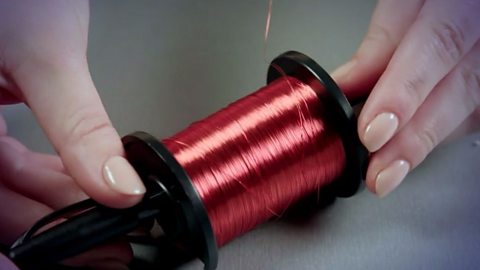
- count3 of 11
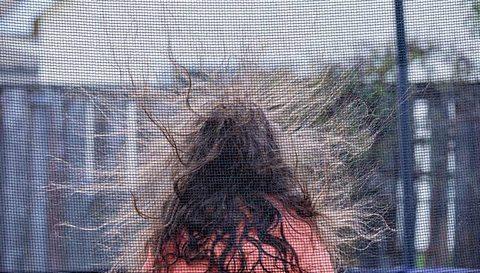
- count4 of 11
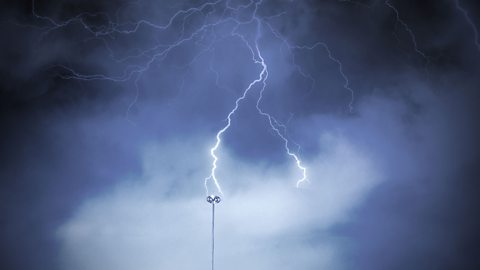
- count5 of 11
